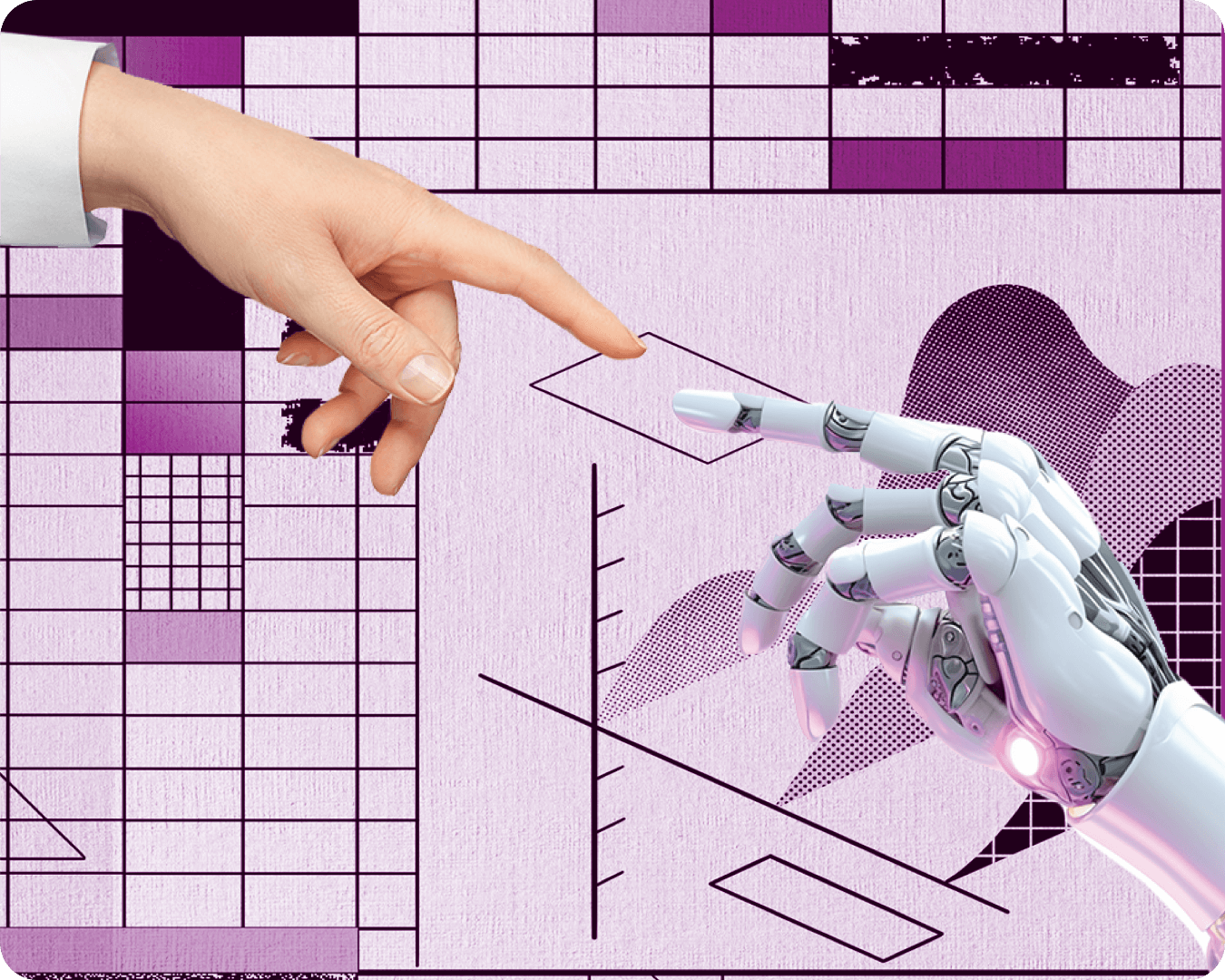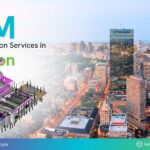Could BIM and IoT combination change the world of construction?
November 17, 2019

Building Information Modeling has now gained widespread acceptance in representing the information inherent within drawings and plans. But it lacks something at the post-construction and operation stage. Post-construction the model does not represent the structure as a living element, it only represents the as-built form of the building. Even during the construction, the BIM model is only as good as the information provided to it. If the data is late or inaccurate, the model will be too.
In this context, an integration between BIM and IoT could be utilized to have better construction and development monitoring, crisis management, energy management, and ongoing functioning. Let’s explore how this could work.
First, some definitions to set a baseline.
Building Information Modelling (BIM): We all know what BIM is. In our context, let’s assume that BIM includes combining information to create a digital representation of a project. This suggests integrating information from numerous sources and evolving in parallel with the real project over the whole course of events. This evolution would cover design, construction, and development. Of course, BIM adds value across the entire lifecycle of a project by providing coordinated and validated data that everyone can access and share. No need to make the widely accepted case that BIM helps in lowering costs, improving, improving productivity and profitability, saving time, and improving operational management.
Internet of things (IoT): An ongoing revolution of the IT age, IoT is the network of things, with clear component identification, embedded with software intelligence, sensors, and connectivity to a network (usually the internet). IoT focuses on establishing communication between all these devices. The objective of IoT is to enable the far reaches of any ecosystem (like buildings or structures) with the capability of gathering data, sharing it with a platform that can process it and derive intelligent insights, and take actions based on those insights.
BIM integration with IoT -the possibilities:
Integrating BIM with IoT nodes could provide various advantages, some of which are listed below:
- More efficient BIM: One of the most significant values of using BIM is collaboration. But there are some obstacles influencing the ability to collaborate with project teams, one of which is closed data. Limiting access to data that should be shared, makes BIM processes difficult to streamline. Integration with IoT could make BIM processes more effective by providing them with a steady stream of reliable information.
- Ubiquitous Monitoring: The building elements can be considered as “things” that provide data about their own state. Through ubiquitous monitoring, the information about the building elements can be provided continuously, even in an emergency situation. This can have wide implications, including in safety and project communications.
- Resource Management: BIM has tremendous utility in resource planning and tracking. Material estimates can be made much more efficiently by turning to BIM models. BY combining that estimate with IoT, the BIM models can also get ongoing feedback about resource usage in real-time. This will help fine-tune the models and make them even more effective at predicting the material requirements. This will also help control material wastage and loss from the site and provide a much more accurate record of utilization.
- Client-Independent Architecture: As construction becomes more tech-focused, the project sites start depending more on software applications. In that ecosystem, the data acquired from BIM models can be displayed, visualized, and analyzed by any application. This information can be immeasurably enriched by integrating with IoT. The information gathered from the IoT nodes such as temperature, humidity, state of the building, information regarding danger of fire and flood, and the state of air conditioning systems and elevators and escalators can be made available for interested parties regardless of their operating system and the software they use. This can bridge the key technologies for acquiring and presenting real-time structured data.
- Human–Building Interaction: By integrating IoT nodes with BIM, the structures can provide information about their state. This information can either be provided continuously or on request. The provision of data on demand by the structure elements, when integrated with the IoT can prove advantages. There are significant benefits in Facilities Management. This can help drive up the efficiency of maintenance activities by making them pre-emptive or proactive. This concept, when implemented, can help shift buildings to becoming automated or intelligent buildings.
Building Information Modelling has already reformed the construction industry. The core element in BIM is data and having a collaborative connection between each part of the project. That suggests that the way to evolve BIM is to make it a real-time information model. This could be done by utilizing IOT nodes to provide BIM with more updated and complete information. The BIM + IoT combination could usher in the next construction revolution.














